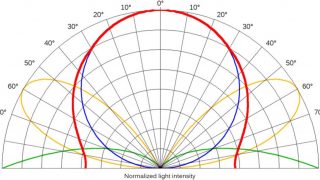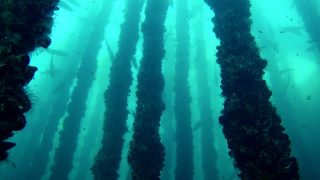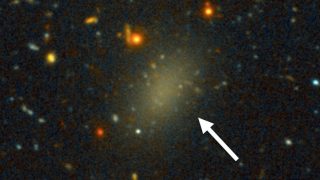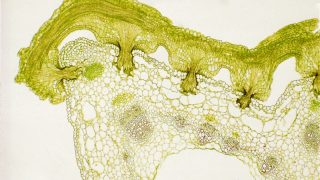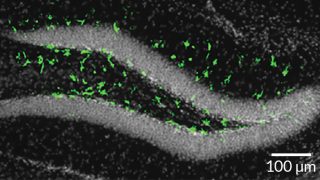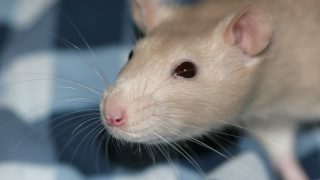
Trident whiskers
Whiskers or vibrissae are a type of mammalian hair characterized, anatomically, by their larger, thicker and stiffer morphology, large and well-innervated hair follicle and by having a definite projection in the somatosensory cortex of the brain, forming the so-called “barrels”. The ‘barrels’ of the barrel field are regions within cortical layer IV that are visibly […]
